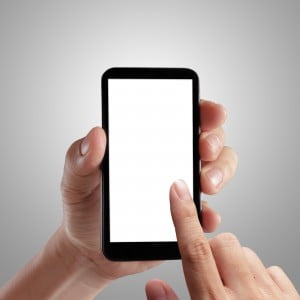Distracted Driving
 The Baltimore personal injury attorneys at AFSL explain the top forms of distracted driving.
The Baltimore personal injury attorneys at AFSL explain the top forms of distracted driving.
Distracted driving has become an epidemic on America’s roadways, and the consequences can be deadly.
Distracted driving contributes to a significant portion of deaths and personal injuries. According to a 2010 report by the National Highway Traffic Safety Administration, distracted driving causes 18% of the personal injury and wrongful death cases resulting from auto accidents. In 2012, over 3,000 people were killed in distracted driving accidents.
Distracted driving is any activity that could divert a driver’s attention away from the primary task of driving. There are three primary types of distracted driving; visual, manual, and cognitive.
Here is a list of the top five forms of distracted driving:
Cell Phone: Using a cell phone or texting while driving are undoubtedly primary distractions for many drivers. Cell phones distract the hands, eyes, and mind. This makes them a manual, visual and cognitive distraction. In October 2013 it became a primary offense in Maryland to talk on a cell phone or use wireless communication devices while diving if they were not “hands free”. By making the violation a primary offense, police officers can now pull a driver over for simply holding or using their phone.
Navigation & Music: GPS systems, ipods, CDs, and radios all require manual and visual attention. Taking your eyes off the road to use and manipulate these controls is another form of distracted driving. In fact, many of these devices and navigation systems have disclaimers that warn drivers against using them while driving.
Pets: It is not uncommon to see drivers with their pets sitting in their lap while driving. While fido may love to catch the breeze out of the window, pets can be a visual and manual distraction for the driver. Pets that are allowed to roam free in the car can get trapped underfoot near the gas pedal or brakes. It is generally safer to secure pets in an animal travel carrier, or use a partition to limit larger pets to the back seat.
Grooming: Many cars have vanity mirrors on the visor. So, waiting at a stoplight may seem like a good time for personal grooming. However, applying make-up or shaving while driving is a manual and visual distraction. An uneven shave or makeup application is not worth the risk of getting into a serious car accident.
Eating and Drinking: Drive-thru fast food restaurants coupled with long morning commutes, have made the car a convenient place for many drivers to eat breakfast or have a morning cup of coffee. Drinking or eating while driving is a manual distraction. Drivers face a domino effect when their impaired attention has an unintended effect, such as spilling hot coffee. This can lead to a loss of control of the vehicle.
For more information regarding distracted driving, please contact the Baltimore attorneys at AFSL.
